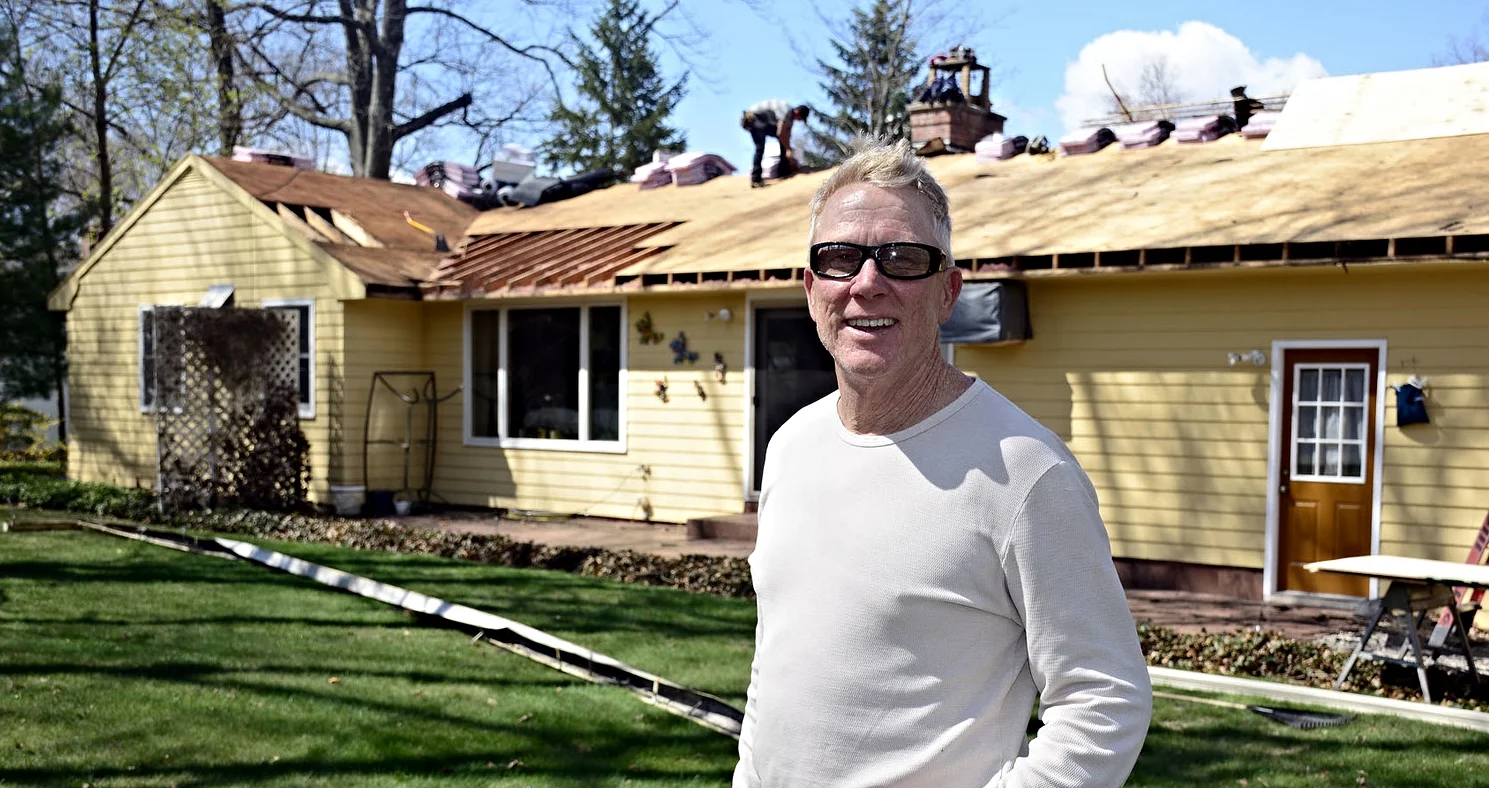What To Do About Warped Siding
Chelsea O'Donnell
A question I get from readers time and time again is about vinyl siding that looks “wrinkled” even when it’s new. Many people think warped siding is an environmental problem and that too much sun and heat or even the contrasting winter cold is what’s creating the damage. Little do they know that warping has very little to do with the weather and a whole lot to do with how it’s put on the home.
Let’s start with the real name of the problem. Siding that is wrinkling or warping is actually called “oil canning” or “stress buckling” and it happens when the siding isn’t installed properly.
All homes are made of natural materials such as wood, which expand and contract with seasonal changes. People love vinyl siding because it’s very low maintenance and offers fantastic curb appeal, but a DIY or inexperienced install can actually make a house look much worse, even with very new siding.
Every house needs to expand and contract. While it might seem logical to nail vinyl siding tightly to make sure it doesn’t come loose, doing so will actually cause the panel to buckle because it can’t “breathe” with the house. That’s why most vinyl siding panels come with longer nail slots instead of small holes. It gives everything room to move and shift.
Another possible siding installation pitfall is leaving too much overlap between panels. While you might think this creates a stronger bond, it actually restricts movement, causing the siding to stretch and then buckle in the same way.
Back to my reader’s question. Is there ever a time when the sun might cause siding to warp? The answer is not really, although I have seen damage from sunlight reflecting off an adjacent window. The only other thing that could cause an issue is your gas grill, so keep it far away from the house.
Once oil canning happens, the siding has to be replaced. Because the issue is installation, the product’s warranty is worthless and the manufacturer isn’t going to be responsible for the defect. While removing panels is pretty straightforward, it can be tough to get a color match if the siding is a bit older.
These are all the reasons why it’s so important to work with a contractor who knows what he or she is doing. If you’re going to tackle this job on your own, make sure you do your research and know all the common mistakes that can be made. You don’t want all that hard work to result in a home aesthetic that’s anything less than perfect.
Bob O’Donnell is the owner of O’Donnell Bros. Inc., a Bristol-based home improvement company established in 1975. Email your questions for Bob to info@odonnellbros.com with the subject line “Ask the Pro.” All questions may be considered for publication. To contact Bob for your remodeling needs, call O’Donnell Bros. Inc. at (860) 589-5155 or visit http://www.odonnellbros.com. Advice is for guidance only.
